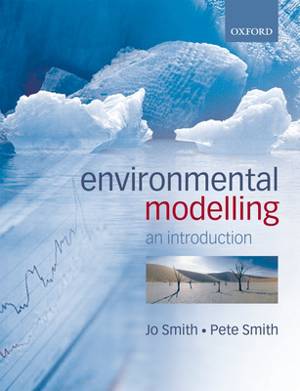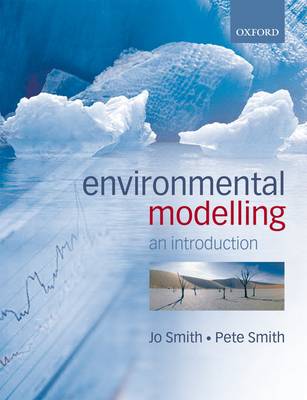
- Retrait gratuit dans votre magasin Club
- 7.000.000 titres dans notre catalogue
- Payer en toute sécurité
- Toujours un magasin près de chez vous
- Retrait gratuit dans votre magasin Club
- 7.000.0000 titres dans notre catalogue
- Payer en toute sécurité
- Toujours un magasin près de chez vous
Environmental Modelling
An Introduction
Jo (, Reader in Soil Organic Matter and Nutrient Modelling, Scho, Pete (Professor of Soils and Global Change, School of Biological
Livre broché
83,95 €
+ 167 points
Description
Environmental Modelling: An Introduction shows how modelling can be used to explain experimental observations, and how these observations - and data gathered - can be extrapolated to explain novel situations. It is the ideal resource for those needing a working understanding of modelling, and how it applies to their own research.
Spécifications
Parties prenantes
- Auteur(s) :
- Editeur:
Contenu
- Nombre de pages :
- 192
Caractéristiques
- EAN:
- 9780199272068
- Date de parution :
- 18-01-07
- Format:
- Livre broché
- Dimensions :
- 193 mm x 246 mm
- Poids :
- 380 g

Les avis
Nous publions uniquement les avis qui respectent les conditions requises. Consultez nos conditions pour les avis.






